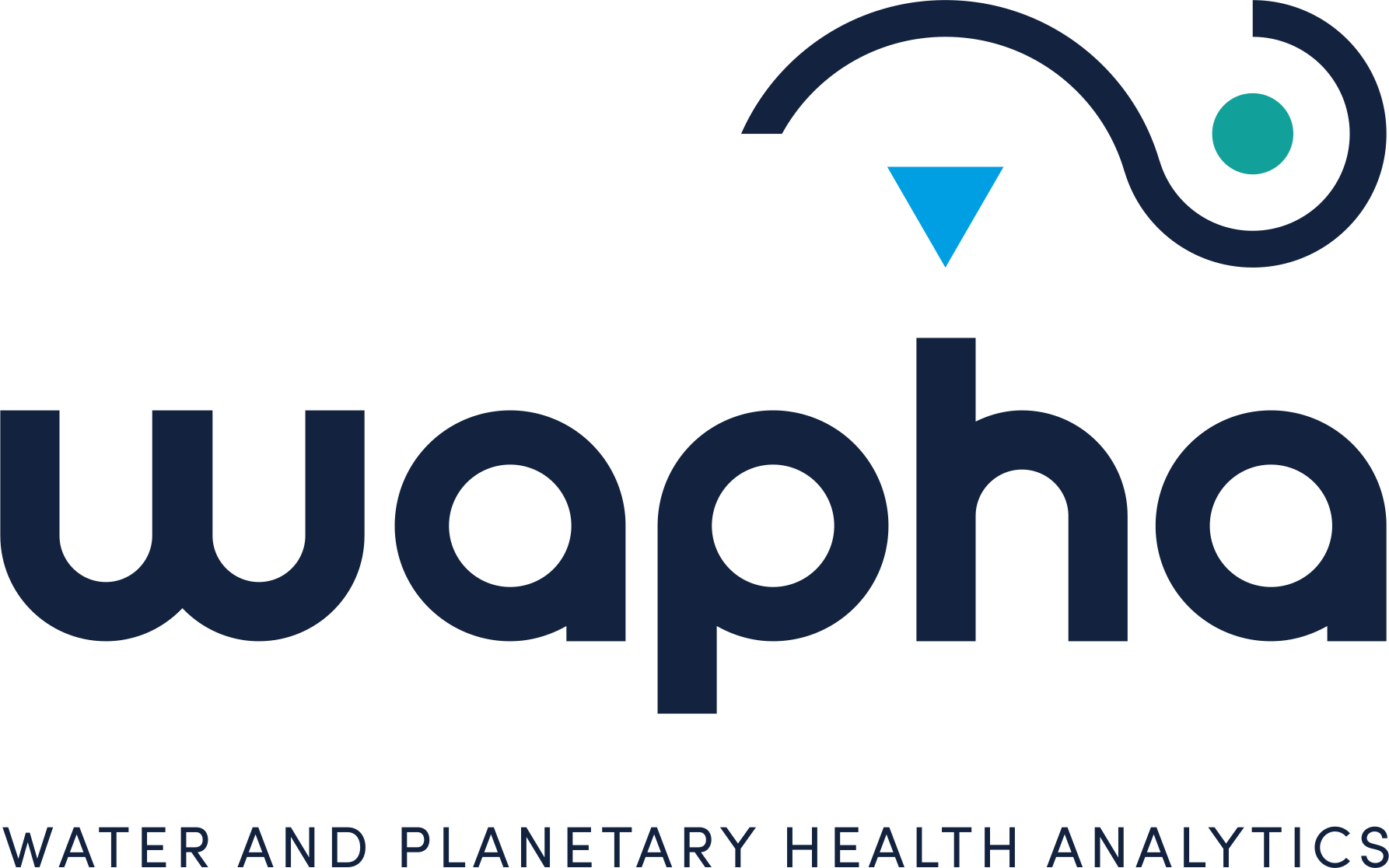Mining
The urgency of the green-energy transition and achieving net zero for CO2 emissions means that we will need more scarce metals and minerals than ever before.
Mining must be done on an environmentally responsible basis, and widespread pollution associated with the Industrial Revolution, and later 19th and early 20th century poorly regulated mining practices, cannot be repeated. To help inform responsible mining, WAPHA has developed a unique, process-based modelling and mapping tool that can be used to assess the distance down a river system particulate waste is likely to be dispersed from a disused, currently active or planned mine, and the extent of toxicologically significant contamination in affected river channels and floodplains. Our assessment is underpinned by WAPHA’s global database (>180,000 – the world’s largest) of historical and presently active mines, including tailings pond facilities and tailings dams that have failed. Assessments can be undertaken anywhere in the world from local to national scales, and ground-truthed data can be provided on population and livestock at risk, the impact on biodiversity and habitats, and how changing hydroclimates are likely to affect the environmental footprints of future mining. This is offered as a bespoke service for the mining industry, environmental regulators, and local and national government.



